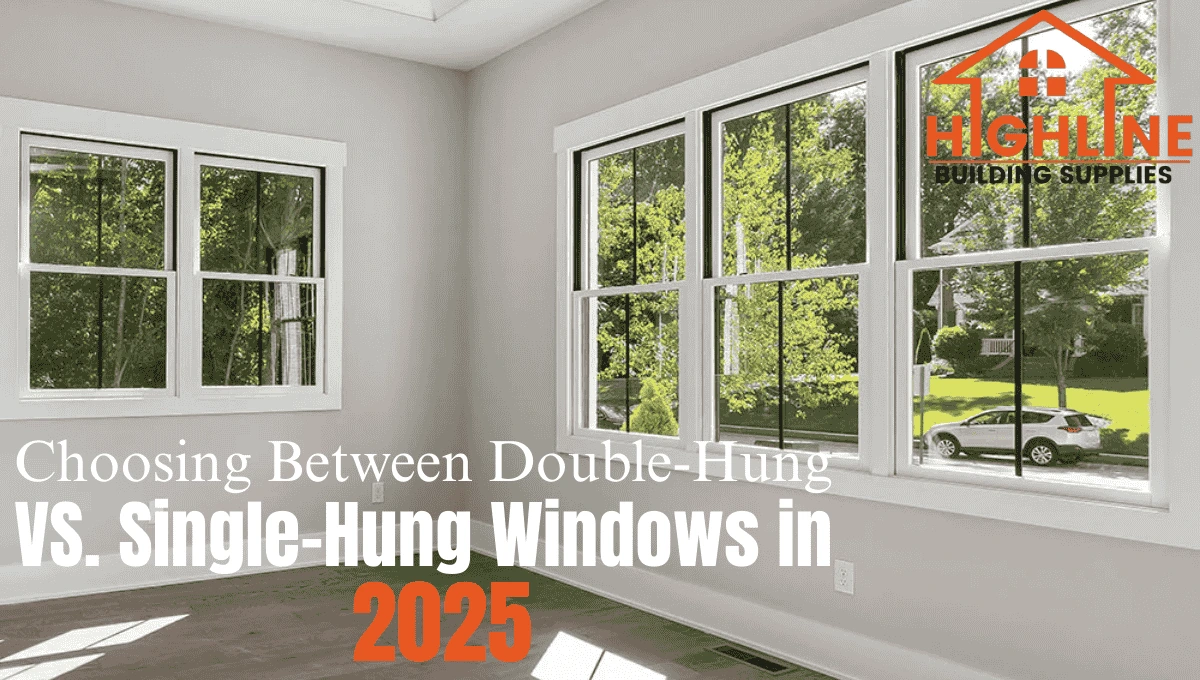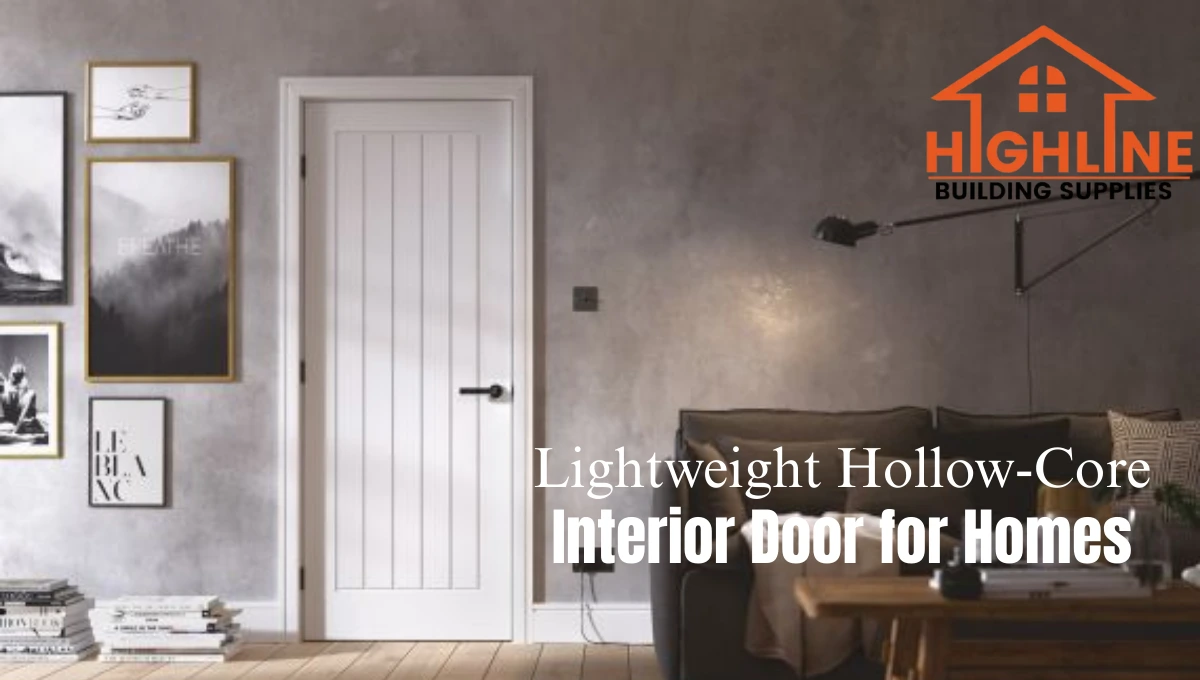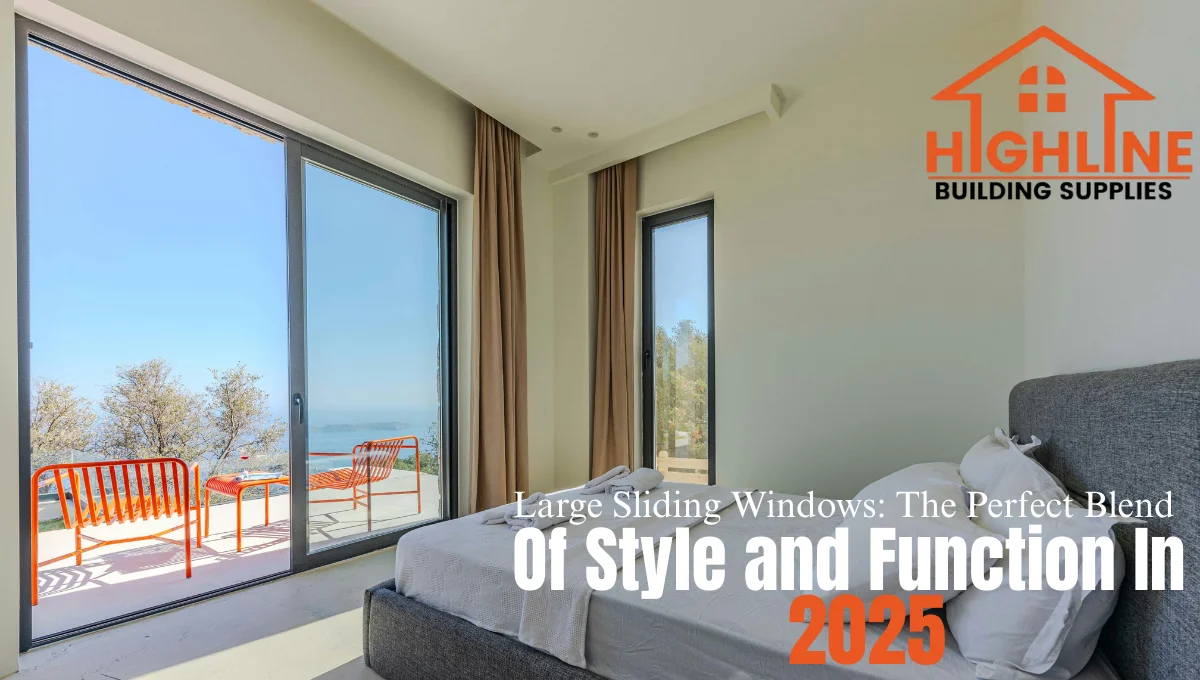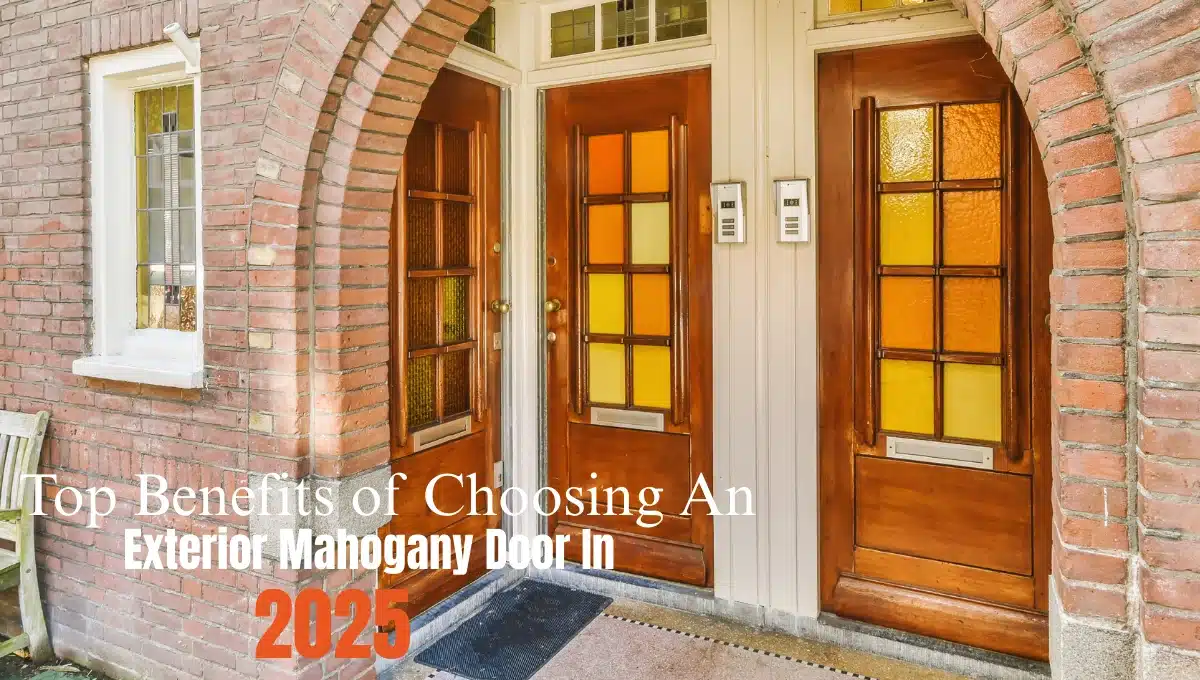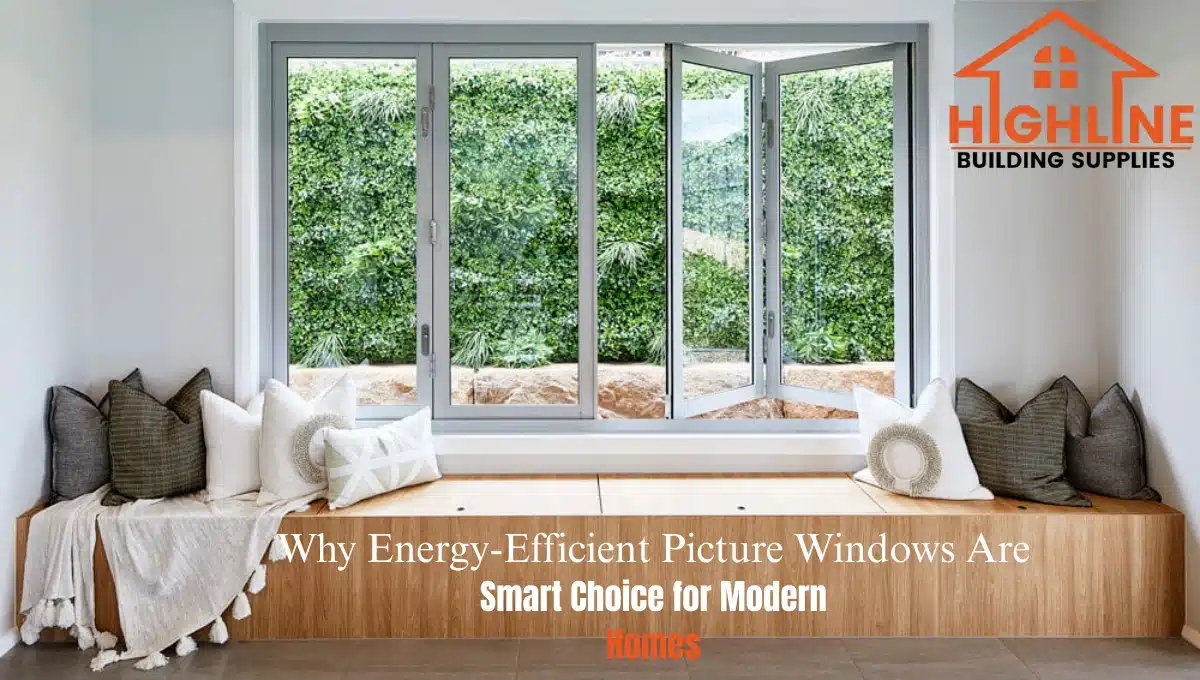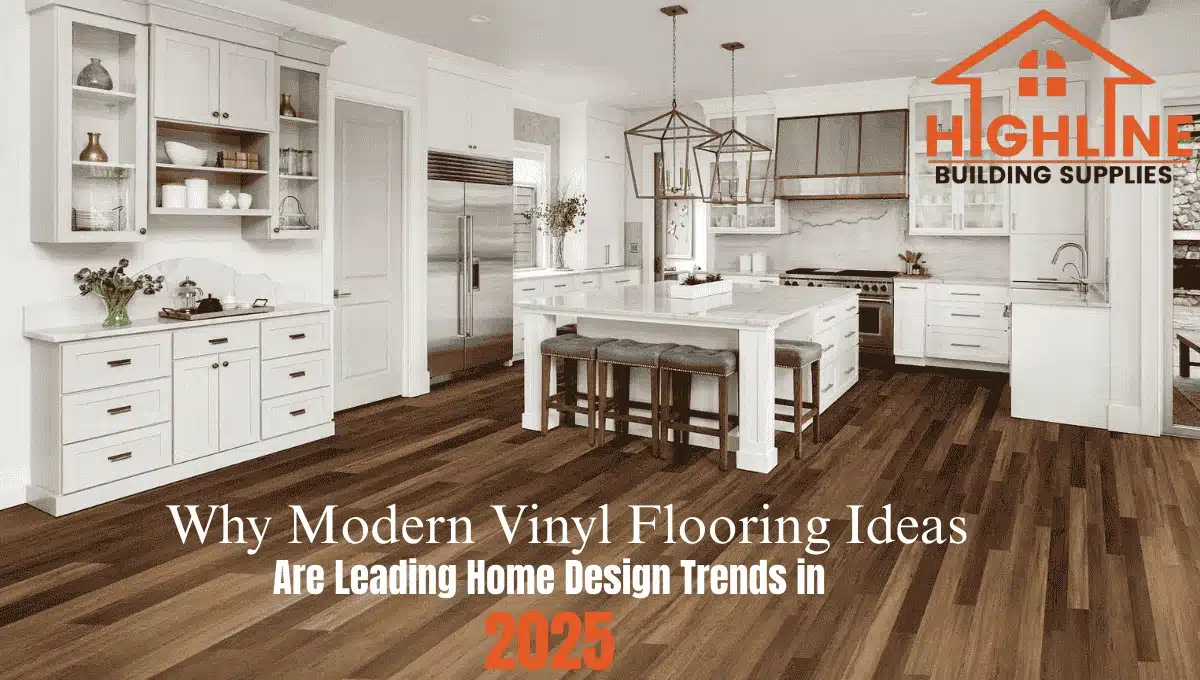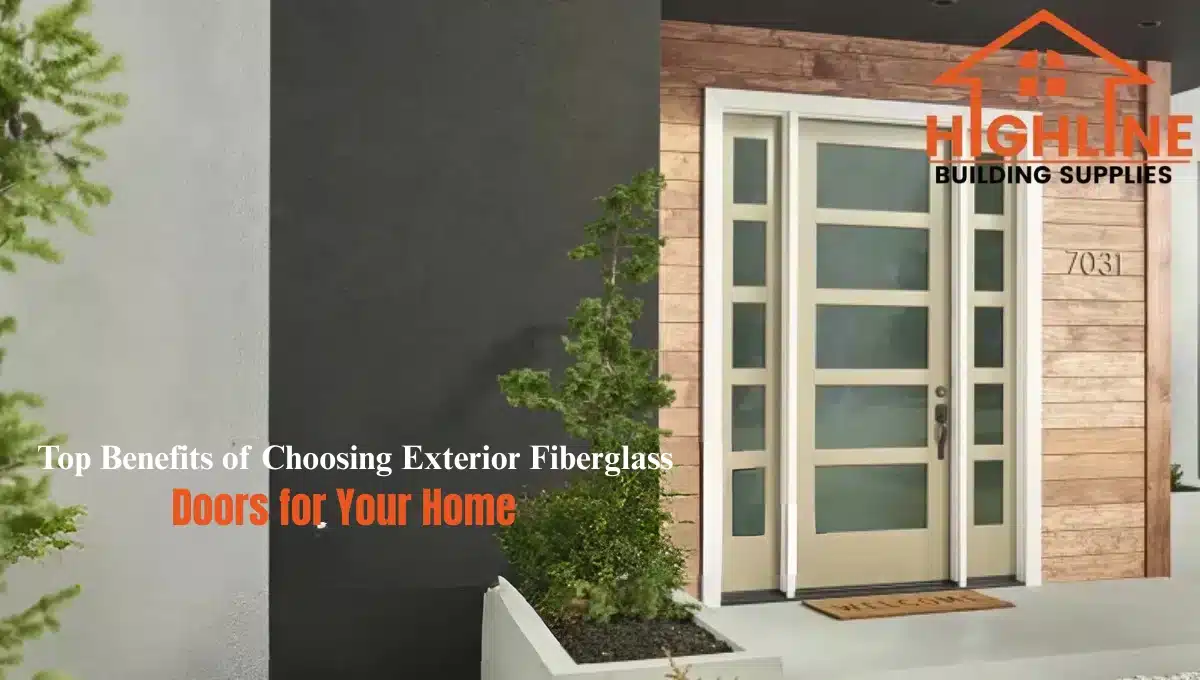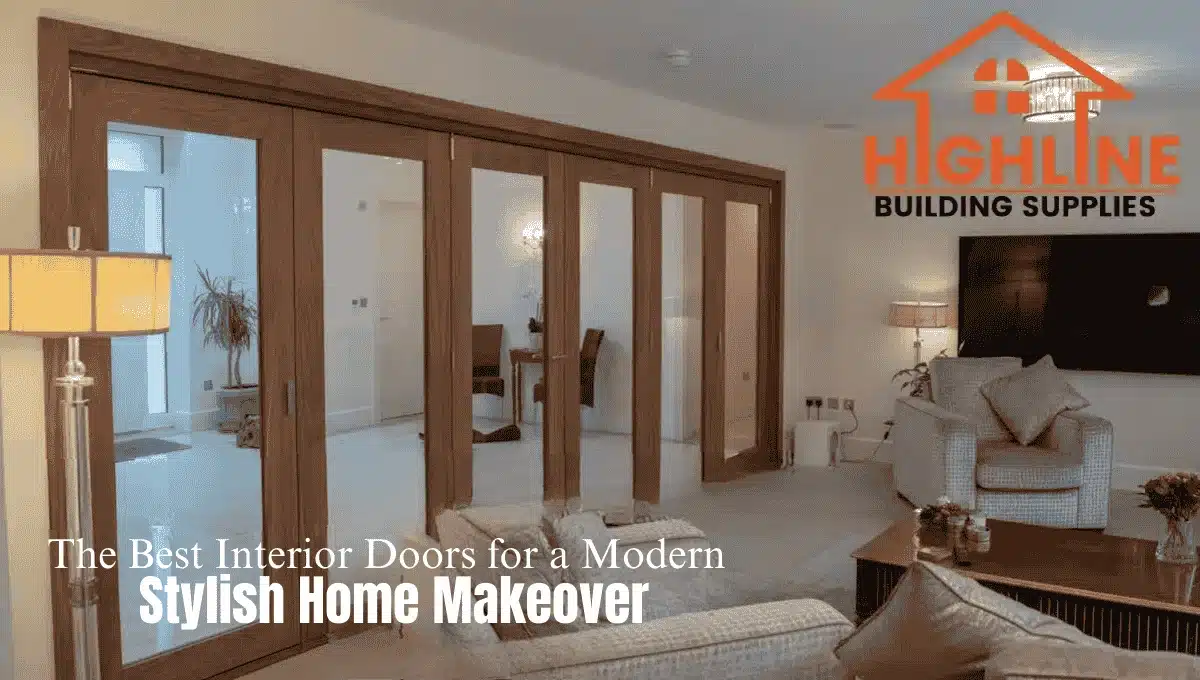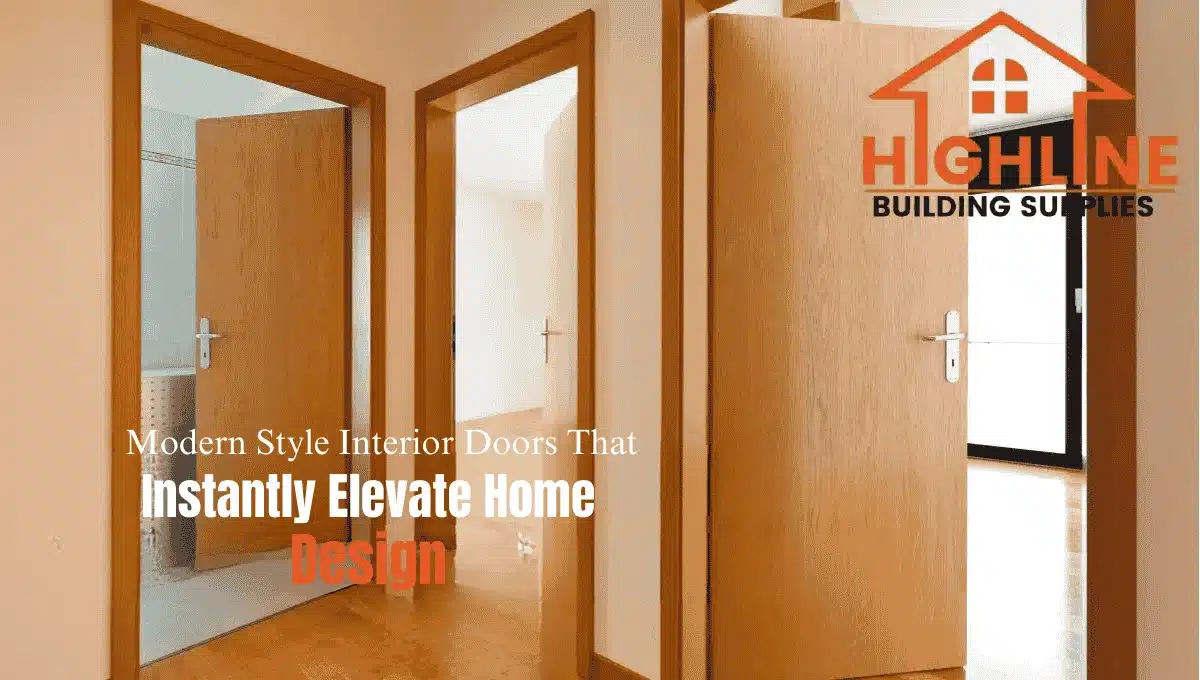Choosing Between Double-Hung vs. Single-Hung Windows in 2025
When it comes to upgrading your home in 2025, one of the most common decisions homeowners face is choosing between double-hung vs. single-hung windows. This choice may seem simple, but it directly impacts your home’s comfort, style, and long-term value. At Highline Supplies, we combine expertise, quality products, and a trusted reputation to ensure every homeowner makes the right investment for their property.
Why Double-Hung vs. Single-Hung Windows Matters in 2025
The debate around double-hung vs. single-hung windows is more relevant today than ever. Homeowners are increasingly concerned with energy efficiency, ease of cleaning, ventilation, and style. While single-hung windows offer simplicity and affordability, double-hung designs bring flexibility and advanced airflow benefits.
As construction standards evolve, buyers expect more from their windows than just aesthetics. They want products that blend durability, insulation, and long-term reliability. Choosing the right option ensures you not only enhance your home’s look but also its energy performance and resale value.
Key Differences Between Double-Hung and Single-Hung
Operation
-
Single-hung windows: Only the bottom sash moves, while the top remains fixed.
-
Double hung: Both the upper and lower sashes operate, offering versatile ventilation.
Maintenance
Single-hung: These windows feature a simpler mechanism, which makes them easier to install and less prone to mechanical issues. However, cleaning can be challenging since only the bottom sash moves, leaving the top sash fixed. As a result, you may need to clean the outside from a ladder or use special tools for high windows.
Double-hung: In contrast, double-hung windows allow both sashes to tilt inward, making cleaning significantly more convenient and safer. This design also simplifies routine maintenance, as you can access both sides of the glass from inside your home without professional assistance.
Cost
Single-hung: Generally, single-hung windows are more affordable upfront, making them a practical choice for budget-conscious homeowners or large-scale projects. They offer basic functionality without the added features of movable top sashes, which keeps initial expenses lower.
Double-hung: Although double-hung windows may cost more initially, they often provide long-term value. The added convenience of tilt-in sashes improves cleaning efficiency, ventilation control, and overall usability. Over time, these benefits can outweigh the upfront cost, especially in homes with multiple windows or higher maintenance demands.
Windows, Doors, and Complementary Products
At Highline Supplies, we know homeowners want more than just windows—they want cohesive design solutions. Alongside our window offerings, we also provide complementary products like the hollow-core interior door, known for being lightweight yet durable, and modern vinyl window options such as INSPIRE VINYL SH 24×24 and INSPIRE VINYL SH 24×36.
By offering a wide selection, we make it easier for you to create a balanced design across your entire home, from interior doors to energy-efficient windows.
Why Homeowners Trust Highline Supplies
Making a purchase as significant as windows requires trust. Customers choose Highline Supplies not just for products but for peace of mind. We’ve built our reputation on three pillars:
-
Expert Authority – Years of industry experience ensure we recommend the right solutions for every space.
-
Quality & Reliability – Our products are tested to meet the highest durability and performance standards.
-
Customer Focus – From consultation to after-sales support, we prioritize transparency and satisfaction.
This combination of authority, quality, and customer trust sets us apart from competitors.
Real Customer Testimonials
⭐⭐⭐⭐⭐ “I upgraded to double-hung windows from Highline Supplies, and the difference in ventilation and energy savings is amazing.” – Rachel T.
⭐⭐⭐⭐⭐ “Their team guided me through the double-hung vs. single-hung windows decision. I feel confident I made the right choice.” – Mark D.
⭐⭐⭐⭐⭐ “Along with my windows, I also bought a hollow-core interior door. Lightweight, affordable, and perfectly matched my renovation needs.” – Lisa H.
⭐⭐⭐⭐⭐ “Excellent service and high-quality products. My new INSPIRE VINYL SH 24×36 window has transformed my living room.” – David K.
Frequently Asked Questions
Q1: Which is better for energy efficiency: double-hung or single-hung windows?
A1: Both provide solid performance, but double-hung windows allow more control over airflow, which can improve energy efficiency when used strategically.
Q2: Are single-hung windows more affordable than double-hung?
A2: Yes, single-hung windows typically cost less upfront. However, double-hung models often deliver higher long-term value through convenience and durability.
Q3: Do double-hung windows require more maintenance?
A3: Not necessarily. While they have more moving parts, their design makes cleaning easier, which reduces long-term upkeep challenges.
Q4: Can I mix single-hung and double-hung windows in one home?
A4: Absolutely. Many homeowners use single-hung for budget-conscious areas and double-hung in spaces where ventilation and cleaning access are priorities.
Final Thoughts Making the Right Choice
In 2025, homeowners have more information and better products at their fingertips than ever before. Choosing between double-hung vs. single-hung windows is ultimately about balancing cost, convenience, and long-term performance.
If you value ease of cleaning, airflow, and enhanced functionality, double-hung windows may be the best fit. If affordability and simplicity are your top priorities, single-hung windows are a strong option.
At Highline Supplies, we provide not only top-quality products but also the expertise and support to help you make informed choices. From INSPIRE VINYL SH 24×24 and INSPIRE VINYL SH 24×36 to doors and beyond, we ensure your investment adds value, comfort, and style to your home.

